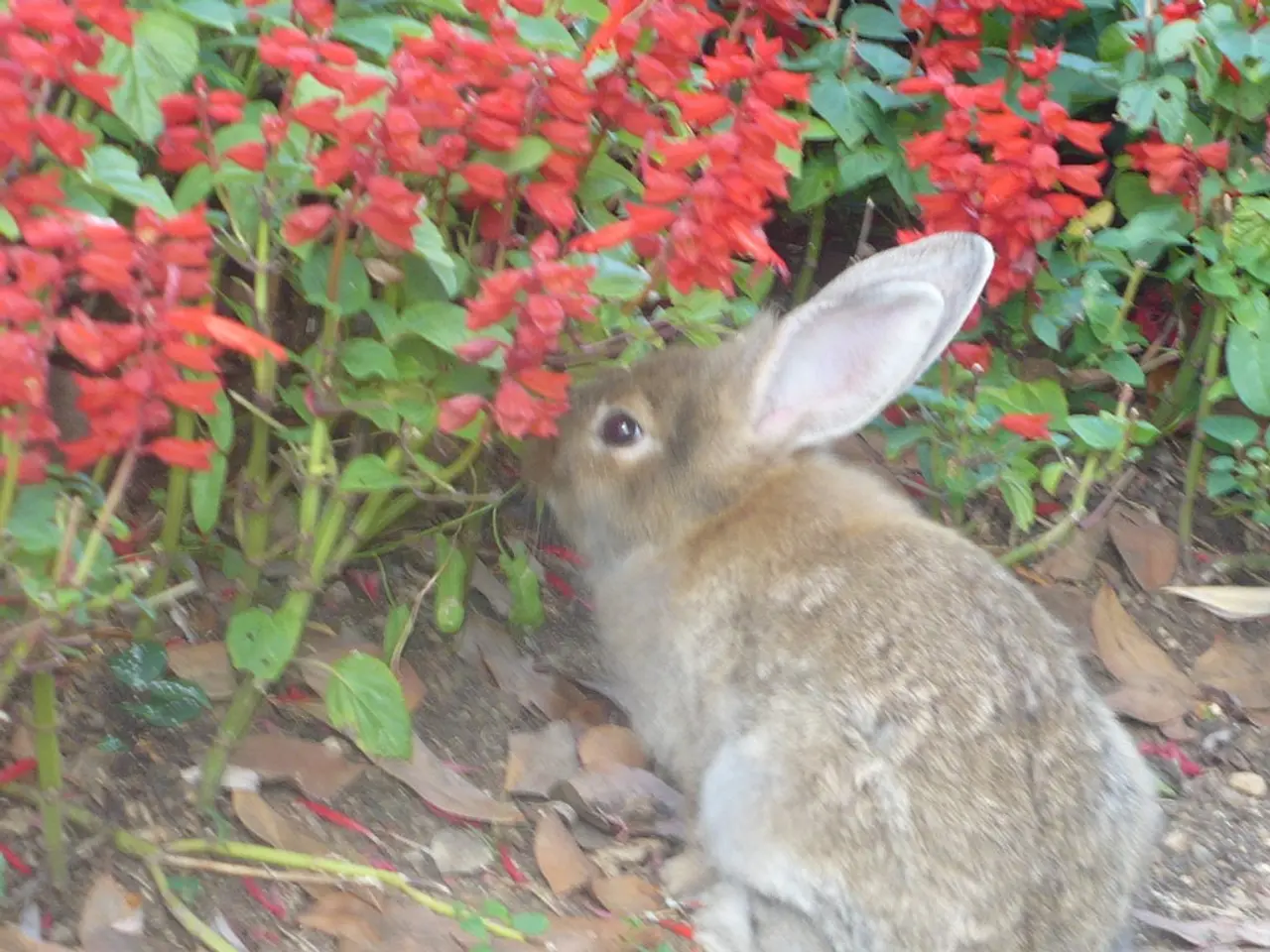Comprehensive guide on various longhaired rabbit breeds, including care, maintenance, and grooming tips.
Grooming Longhaired Rabbits: A Comprehensive Guide
Grooming longhaired rabbits is an essential part of their care, and it's crucial to use the right tools and techniques to maintain their healthy, mat-free fur. Here's a guide to help you understand the best practices for grooming your longhaired rabbit.
Choosing the Right Grooming Tools
The most recommended grooming tools for longhaired rabbits are:
- Slicker Brushes: These brushes, with thin, rounded-end pins, are designed to gently remove dirt, loose fur, and ease tangles without hurting the rabbit’s skin. They are especially recommended for long-haired breeds like Lionheads and should be used following the direction of hair growth.
- Fine-tooth Combs: These combs are useful for removing tougher mats gently after using a slicker brush. However, they should be used with care to avoid pulling on the fur or hurting the rabbit.
- Rubber Brushes or Grooming Gloves: These tools can also be useful for removing loose fur. However, rabbits may have varied tolerance to different tools, so it's essential to observe your rabbit's reaction.
- Specialized Deshedding Tools: Tools like the FURminator or SleekEZ can be effective but must be used cautiously to avoid skin damage, and are generally not recommended for certain coat types like Rex.
- Vacuum Grooming Kits: These kits provide quick and safe grooming by sucking up loose fur and are suitable for long-haired rabbits.
Grooming Techniques
Daily grooming is advised for long-haired rabbits to prevent matting and ingestion of fur, which can lead to dangerous digestive blockages. Start with a slicker brush, then use a comb if needed, and be gentle throughout the process.
Grooming should be done on a non-slip rubber mat or towel, ideally with someone to help restrain the rabbit. Start grooming from the head and work backward toward the tail, parting the fur with a comb, grooming from the skin to the end of the fur, covering around 1 inch at a time. Carefully lift the rabbit's front legs off the ground and brush over the rabbit's tummy and neck area.
Avoiding Potential Risks
Never use scissors to clip rabbit fur, as it can cause skin tears and infection. Rabbits should never be bathed as it can cause stress, panic, skeletal fractures, or sudden, fatal heart attacks. Matted coats in longhaired rabbits can attract flies and lead to flystrike, which is often rapidly fatal. Never turn a rabbit on its back to groom them, as it places them in a trance, which is a stressful and fearful state for rabbits.
Breed-Specific Considerations
The American Fuzzy Lop rabbit, recognized by the American Rabbit Breeders Association (ARBA), has shorter fur like the Angora, and weighs up to two pounds. The Angora rabbit has fur that is at least 60mm long, with upright ears and tassels. The Cashmere Lop rabbit is a medium-sized rabbit with long fur and lop ears, available in many colors and weighing around two pounds. Swiss Fox rabbits weigh around five pounds, have fur that grows to 50-70mm, except on the head, belly, and legs where it is shorter, and come in a variety of colors.
Health and Nutrition
Longhaired rabbit fur should be kept short for health and welfare reasons. Wood shavings should not be used as bedding for longhaired rabbits outside as they will quickly become entangled in their fur. Oxbow Animal Health Western Timothy Hay All Natural Hay for Rabbits is vet-approved and high in fiber to aid in digestion.
In summary, with the right tools and techniques, grooming longhaired rabbits can be a rewarding experience. Always remember to groom gently and frequently to maintain healthy, mat-free fur. It is not recommended for inexperienced individuals to clip rabbit fur due to the risk of skin tears and infection.
- For longhaired rabbits, vaccination is crucial to ensure their overall health, as it helps protect them from various diseases.
- Grooming not only applies to longhaired rabbits; it's also essential for other pets like dogs and cats, contributing to their overall lifestyle and home-and-garden environment.
- When it comes to caring for pets, both grooming and regular visits to a veterinary professional play significant roles in maintaining their health.
- Beyond grooming, longhaired rabbits may also require additional care, such as tooth trimming for breeds like the Lionhead to prevent overgrowth.
- In addition to daily grooming, the diet of a longhaired rabbit should include hay, vegetables, and a small amount of commercial pellets to promote good health and a mat-free coat.
- Just like humans, pets like longhaired rabbits need a balanced lifestyle encompassing proper grooming, nutrition, and veterinary care to lead happy, healthy lives.




